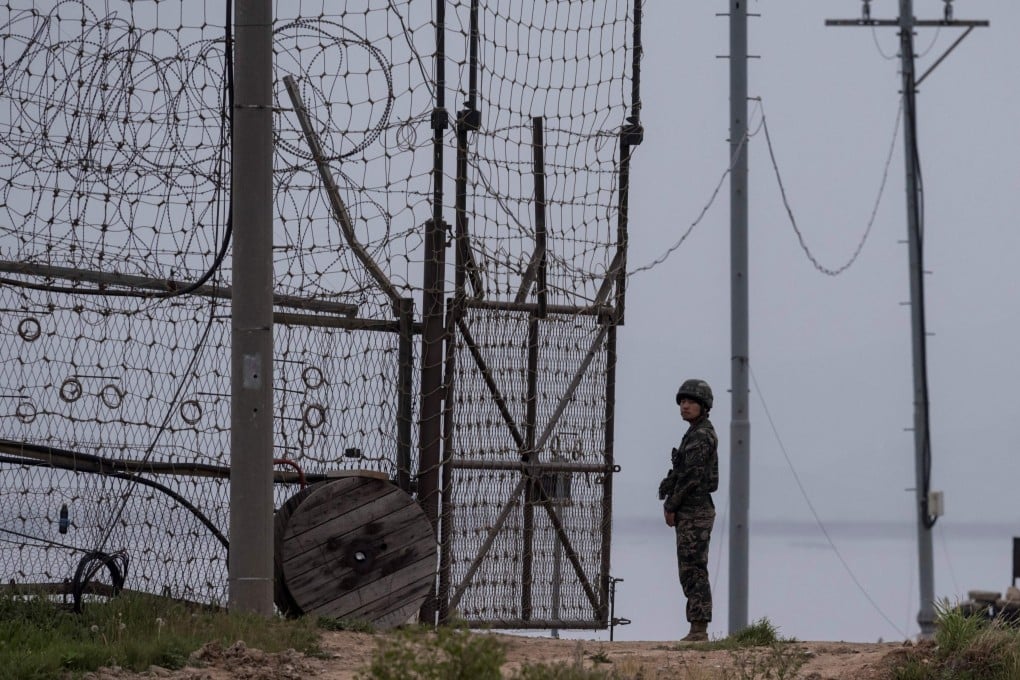North Korean defector who swam South across river returned same way three years later, fleeing sexual assault allegations
- North Korea has accused the man of illegally crossing the shared border last week with symptoms of Covid-19
- According to South Korean police, a female defector in her 20s filed a complaint on June 12, accusing him sexually assaulting her at his home

South Korea has identified the man only by his surname, Kim, and said he was the “runaway” who North Korea accuses of illegally crossing their shared border last week with symptoms of Covid-19.
Facing a sexual assault investigation, Kim evaded hi-tech South Korean border control systems by crawling through a drain pipe and swimming across the Han River to the North on July 19, the South Korean military has said. He appears to have spent several days there before being caught.
South Korean military chief Park Han-ki told parliament on Tuesday that Kim, who is 163cm tall and weighs 54kg, cut his way through barbed wire fences installed at the end of the pipe leading to the river.
A Seoul official said Kim is believed to have taken a similar path when he defected to the South in 2017, and authorities say he scoped out the area earlier in July, apparently in preparation for his latest journey.

00:00
North Korea puts border city under lockdown after nation’s ‘first’ suspected Covid-19 case
Kim’s story as a defector begins and, so far, ends in the city of Kaesong, a North Korean border town that hosted a now closed inter-Korean factory park and liaison office.